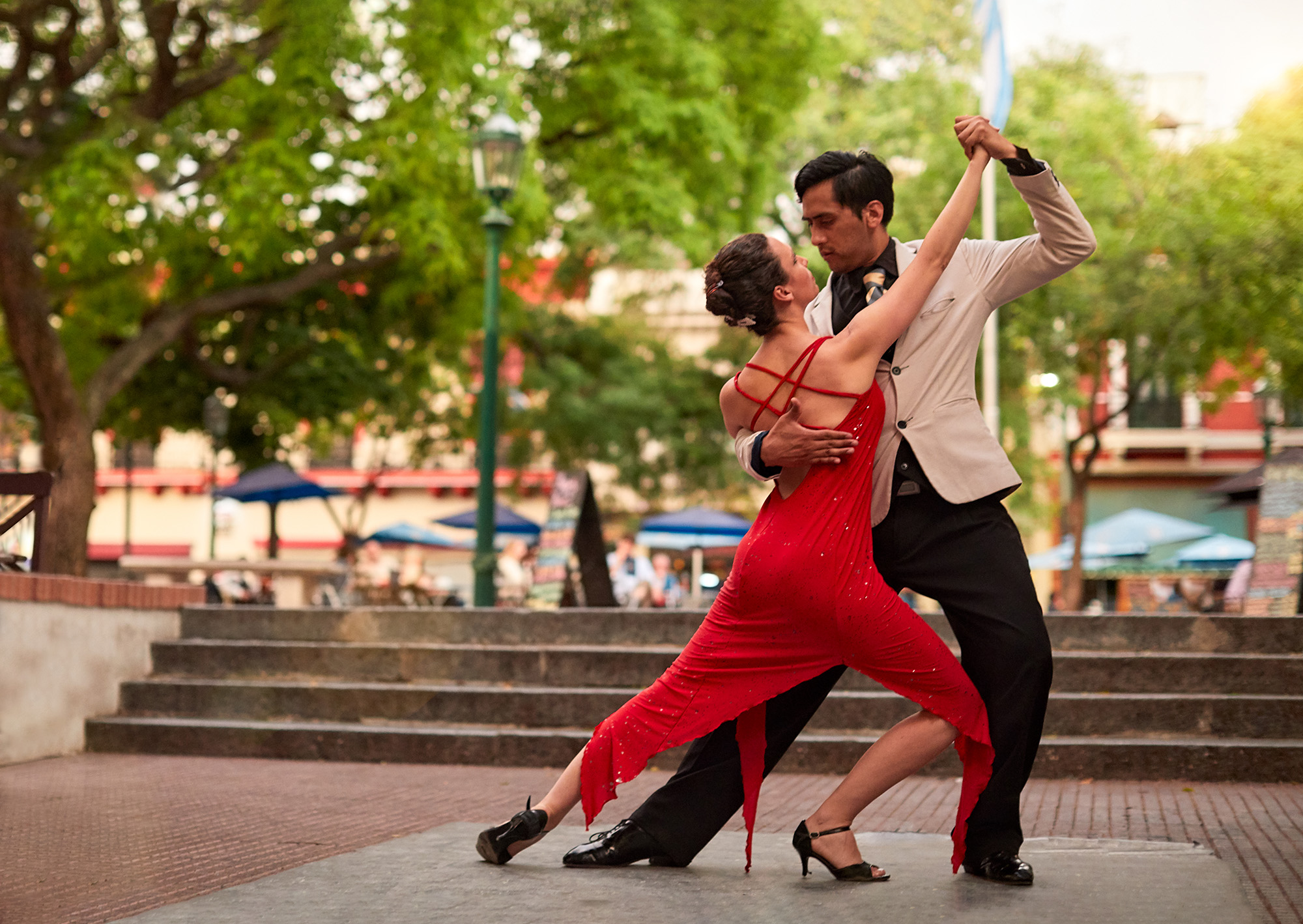Dance Fridays - The Facts
Table of ContentsUnknown Facts About Dance FridaysUnknown Facts About Dance FridaysThe Ultimate Guide To Dance FridaysThe 15-Second Trick For Dance Fridays
The term "salsa" was coined by Johnny Pacheco in the 1960s in New york city, as an umbrella term for Cuban dancing music being played in the city at the time. Salsa as a dancing emerged right after, being a combination of mambo (which was popular in New york city in the 1950s) in addition to Latin dances such as Boy and Rumba As American dancings such as swing and faucet.
The basic Salsa dance rhythm includes taking three actions for each four beats of songs. Salsa professional dancers can also damage apart to dance solo, known as "sparkles". The two major styles of salsa are straight and circular. In straight salsa, dancers remain in their "slot", changing areas from one side of the slot to the various other, comparable to West Shore Swing New Yorkstyle salsa and LA-style salsa are both danced this way.

6 Simple Techniques For Dance Fridays
Salsa dancing is a global dancing that can be found in a lot of cosmopolitan cities in the world - https://www.anyflip.com/homepage/detcl. Events are held yearly, frequently called a Salsa Congress, in numerous host cities aimed to draw in a selection of salsa professional dancers from other cities and countries - salsa crazy. The events bring professional dancers together to share their interest for the dance, develop area, and share relocations and suggestions
Video demonstrating salsa dancing fundamentals Over the years, numerous different styles of salsa dancing have progressed around the globe. Incorporating other dancing styling techniques right into salsa dance has actually additionally come to be usual, with professional dancers of one design integrating designs and motions of others to create brand-new fusions of dancing designs.

One of one of the most significant figures in New york city style salsa is Eddie Torres - salsa crazy (called "the Mambo King"), who is attributed with aiding to formalize the on 2 salsa timing (based on mambo) and assisting to promote it by educating it in dance workshops in New York and through very early training tapes
The smart Trick of Dance Fridays That Nobody is Discussing
LA design salsa is danced in a line or "port" with professional dancers trading placements throughout the dancing, unlike Cuban salsa which is danced in a much more circular fashion.
In this pattern, the leader progressions on 1, tips to the exactly on 2-3 while turning 90 levels counter-clockwise (facing to the left), leaving the port open. https://www.edocr.com/v/elqjlxkp/evanmargolin94124/dance-fridays. The follower then steps straight onward on 5-6 and switches on 78, while the leader makes one more 90 degrees counter-clockwise and somewhat ahead, coming back right into the port
The "Vazquez Brothers" (Luis Vazquez, Francisco Vazquez, and Johnny Vazquez) are credited for the very early advancement and growth of LA Style. Luiz Vazquez was the co-founder of Los Angeles's initial salsa dancing group, Salsa Brava. salsa crazy. The Vazquez Brothers drew impact from have a peek at this site phase dancings such as tap dance and helped develop LA style's online reputation for showy relocations and acrobatics.
Later on dancers such as Alex Da Silva, Christian Oviedo, and Liz Lira are likewise attributed with developing the LA design of dance as we understand it today. [] In Cuba, a popular dancing referred to as Casino site was marketed as Cuban-style salsa or Salsa Cubana abroad to identify it from other salsa designs when the name was promoted internationally in the 1970s.
Rumored Buzz on Dance Fridays
The name Gambling enterprise is derived from the Spanish term for the dancing halls, "Gambling enterprises Deportivos" where much social dance was done among the better-off, white Cubans throughout the mid-20th century and forward. Historically, Online casino traces its origin as a companion dance from Cuban Kid, Cha Cha Cha, Danzn and Guaracha.
This means that no step is taken on the first and 5th beats in each clave pattern and the 4th and eighth beat are stressed. In this way, instead of following a beat, the dancers themselves add in their activity, to the polyrhythmic pattern of the songs. At the very same time, it is commonly danced "a tiempo", although both "on3" (initially) and "on1" (nowadays).